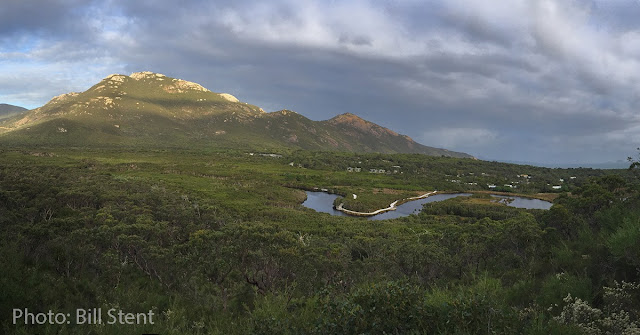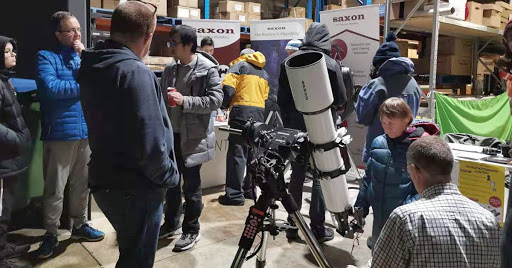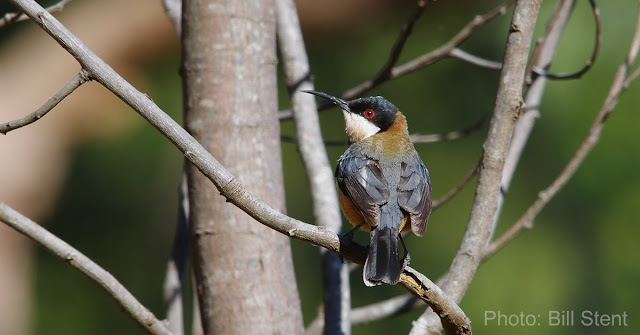Wurdi Youang

Australia's traditional owners had settlements throughout Western Victoria. Here, amongst all the other things they did, they observed and recorded their environment. This might have included sophisticated observations about the sky, including observations of variable stars. I'd not heard of Wurdi Youang before reading a newspaper article about it the other day. Observations of the sun? Wurdi Youang is near Little River, between Melbourne and Geelong. It's on open grassland which is on the western Victorian basalt plain, meaning there are loads of rocks strewn all over the place from the "relatively" recent volcanic eruptions of places like Tower Hill. You will have seen the sort of place we're talking if you've driven along the Hamilton Highway towards Warrnambool. Seriously, lots of rocks. Based on nearby artifacts, the site is likely to be over 10,000 years old. If it really were a solar observatory, and it certainly has that appearance, that would ...







